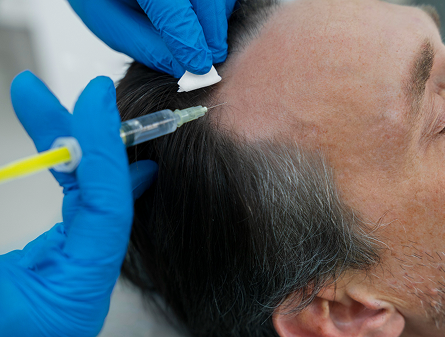Platelet-rich plasma (PRP) treatment involves taking blood and isolating the PRP from it to then inject it back into the scalp. This can help promote growth and healing while lengthening the growth phase of the hair cycle.
Finasteride is an FDA-approved hair regrowth medication for male pattern hair loss. It can be taken as an oral supplement or applied topically. It blocks the production of dihydrotestosterone (DHT) which causes hair to become weak and thin.
PRP injections need to be performed in a clinic on a semi-regular basis to benefit from them. Finasteride needs to be either taken as a pill or applied daily to see results. Explore the comparison table below to see if PRP injections or finasteride are a better fit for you.
- PRP is a non-invasive procedure with the patient’s blood to trigger hair growth.
- It consists of several clinic visits and requires ongoing treatments to sustain results.
- Best suited for early to moderate hair thinning.
- Offers natural, gradual improvements without medication.
- Finasteride is a pill that reduces levels of DHT, a hormone linked to baldness. – It’s taken daily and widely prescribed for male pattern baldness.
- Suited for men experiencing early to moderate hair thinning.
- Provides convenience through self-administration.
- Requires long-term commitment and consistent use.
- PRP is linked with a higher initial cost per session, especially in multiple treatments and ongoing maintenance.
- In comparison to finasteride, PRP has a significantly more expensive long-term cost, particularly for individuals in need of longer treatment durations.
- Finasteride is inexpensive, especially when prescribed in generic quantity.
- Unlike PRP’s clinic-based pricing, the medication offers an affordable ongoing solution for hair loss, provided users remain consistent with daily intake.
- PRP sessions last 30–60 minutes and are typically spaced monthly across 3–6 months, followed by maintenance.
- Unlike Finasteride, PRP requires clinic appointments and consistent scheduling to maintain visible results.
- Finasteride is taken once daily and becomes effective within 3 to 6 months.
- Compared to PRP, it is more convenient regarding time commitment, although missed doses may reduce its effectiveness.
- PRP involves drawing blood, extracting platelet-rich plasma, and injecting it into thinning scalp areas to encourage follicle healing and regeneration.
- Unlike Finasteride, PRP does not rely on hormonal changes but enhances existing follicle health.
- Finasteride blocks the enzyme 5-alpha-reductase, reducing DHT levels to slow hair loss.
- Compared to PRP, it acts systemically rather than targeting the scalp directly, which can result in broader hormonal effects.
- PRP is very safe and has very few side effects, such as swelling or tenderness over the area of injection.
- Unlike Finasteride, PRP does not alter hormones and is therefore a safer choice for consumers worried about systemic impact.
- Finasteride is tolerated by most patients but can potentially induce side effects, including loss of libido or other hormonal issues in a small portion of men.
- It is a greater systemic risk than PRP since it changes the body’s hormonal system.
- PRP involves multiple clinic visits and may not suit those with limited access or time.
- Compared to Finasteride, ongoing treatments require greater scheduling and commitment.
- Finasteride is easy to use and requires only daily oral intake.
- Unlike PRP, it doesn’t involve procedures, making it more convenient for users seeking low-maintenance, self-administered options.
- PRP is available in specialist dermatology and aesthetic clinics and may be limited by location and cost.
- Unlike Finasteride, PRP requires access to trained professionals and medical equipment.
- Finasteride is widely available via prescription or online services in Australia.
- Compared to PRP, it’s more accessible and scalable for daily treatment without clinical oversight.
- PRP results can be maintained with regular treatments and typically fade if sessions are stopped.
- Compared to Finasteride, the outcome relies more on ongoing attendance and cost commitment.
- Finasteride sustains results with continuous use but may lead to hair shedding if discontinued.
- Unlike PRP, sustainability depends entirely on uninterrupted hormonal suppression, which some users find challenging to keep up in the long term.
- PRP is typically mixed with microneedling or topical treatments and can work with oral meds like Finasteride.
- Compared to Finasteride, it has a direct scalp health improvement and works well within a multi-therapy regimen.
- Finasteride is usually used in combination with PRP or topical minoxidil to maximise results.
- Compared to PRP alone, finasteride supports internal hormonal control and can strengthen overall hair retention.
- PRP has an appeal for consumers who want to utilise drug-free, organic methods and pay for procedure-based treatment.
- Compared to finasteride, PRP is regarded as less invasive and more holistic for overall health.
- Finasteride appeals to those wanting simplicity, consistency, and affordability.
- In contrast to PRP’s procedure-based model, the pill format may be emotionally easier for users seeking minimal disruption to routine.
- PRP causes a stimulus for follicular re-growth, increases scalp circulation, and reduces inflammation without disrupting systemic hormones.
- Unlike Finasteride, it offers scalp-specific advantages that promote healthy regrowth.
- Finasteride benefits hair retention by reducing DHT, but may affect other hormonal functions.
- Unlike PRP, it doesn’t directly enhance follicle strength or scalp health.
- PRP treatments generate clinical waste from disposable syringes and frequent clinic visits.
- Compared to Finasteride, PRP contributes to a larger environmental footprint due to material use and travel.
- Finasteride has a lower environmental impact due to compact packaging and home use.
- Unlike PRP, Finasteride does not involve clinical waste or repeat transport emissions.
Shop our hair solutions
We are committed to providing affordable hair regeneration services for people all over Australia. Our formula can help you regain your confidence.
Shop Now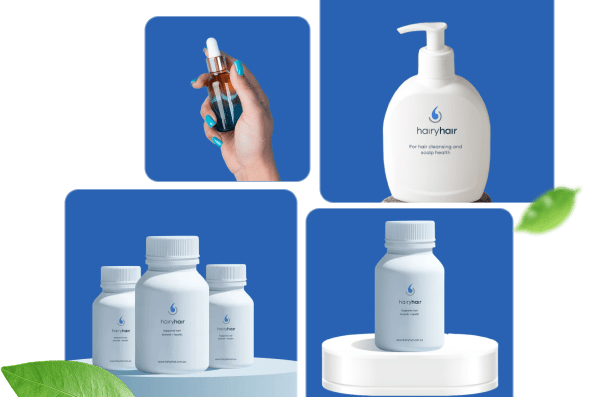

PRP vs Finasteride Treatment Effectiveness Comparison Summary
If you; ‘re looking for an approved treatment for hair loss, finasteride may be a better choice for you. Finasteride treatments are typically long-term with results progressing after 3 months, 6 months and a year.
However, studies have shown that results can be achieved after as long as 10 years. PRP treatments may be better if you want short-term results that require less maintenance compared to finasteride. Results can be observed sometimes after 1 month but significant improvements in hair density were reported in studies after 3 months.
The treatments only need to be done once a month for 3 months initially followed by maintenance sessions every 3 or 4 months after that. This procedure cannot be performed at home as it requires a licensed and skilled medical professional to administer the injections.
Finasteride may be a better choice if you want a treatment that you can easily incorporate into your life that can be prescribed online and delivered straight to your door.
PRP Hair Treatment vs Finasteride User Guidance
PRP treatments are typically more expensive than getting a regular finasteride prescription. However, finasteride could be more costly in the long run if it is kept up for years.
While the initial cost of PRP injections may be steep, the maintenance sessions that follow it could spread out this cost and clinics can sometimes offer package deals for a certain number of PRP sessions. PRP injections do not report many potential side effects but they can result in headaches, redness, tenderness, and swelling.
Finasteride can have systemic effects related to sexual dysfunction including loss of libido, erectile dysfunction and ejaculation issues. These systemic effects can be countered by adjusting the dosage however or by being prescribed a phosphodiesterase-5 inhibitor.
Take Our Hair Loss Quiz to See Which Treatment Suits You?
Take A Hair Quiz

Frequently Asked Questions
We have put some commonly asked questions.
Nunc scelerisque tincidunt elit. Vestibulum non mi ipsum. Cras pretium suscipit tellus sit amet aliquet. Vestibulum maximus lacinia massa nontor.
Platelet-rich plasma (PRP) treatment involves drawing blood from the patient, isolating the beneficial nutrients and injecting it into the scalp where hair loss is occurring. This promotes hair growth and has many other applications from encouraging healing to skin rejuvenation.
Platelet-rich plasma (PRP) treatment involves drawing blood from the patient, isolating the beneficial nutrients and injecting it into the scalp where hair loss is occurring. This promotes hair growth and has many other applications from encouraging healing to skin rejuvenation.
Platelet-rich plasma (PRP) treatment involves drawing blood from the patient, isolating the beneficial nutrients and injecting it into the scalp where hair loss is occurring. This promotes hair growth and has many other applications from encouraging healing to skin rejuvenation.

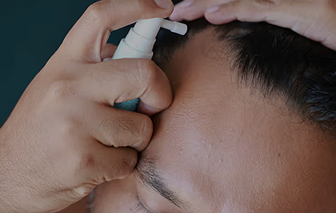



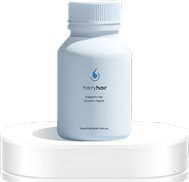
 See All
See All